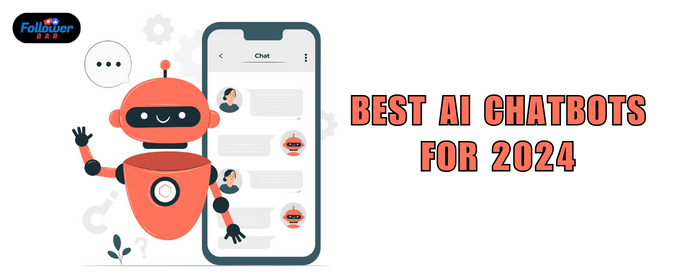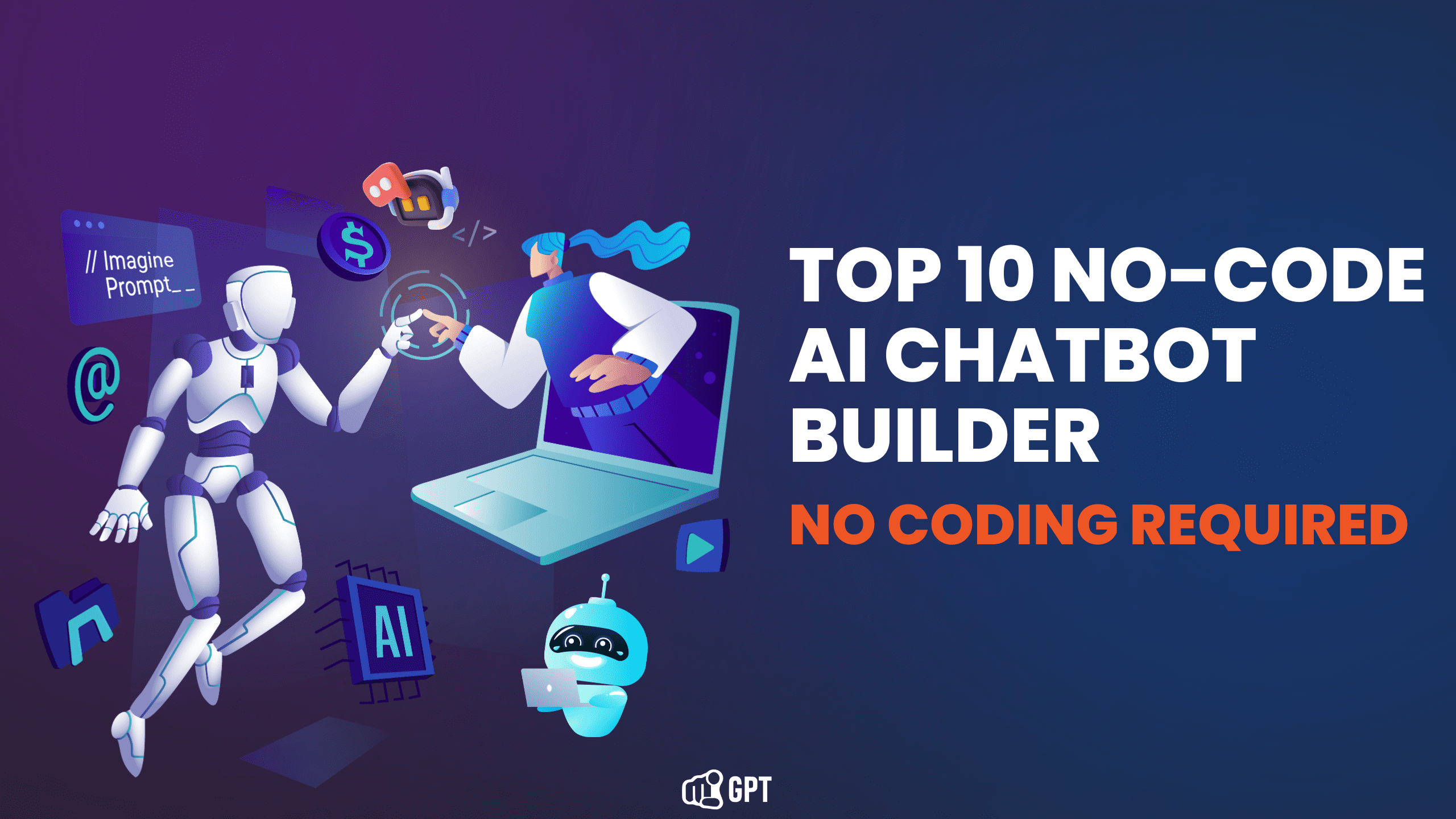The Top 10 AI Chatbots Every Service Should Think About Implementing
Increase Interaction and Performance Using AI Chatbots
As organizations progressively seek ingenious options to enhance functional performance and client engagement, AI chatbots emerge as a crucial tool in this transformation. The execution of AI chatbots is not without its challenges and subtleties.
Understanding AI Chatbots
AI chatbots have actually transformed the method companies connect with their customers, offering 24/7 assistance and interaction at range. These innovative software applications use all-natural language processing (NLP) and device learning formulas to imitate human conversations, making them efficient in understanding and responding to user questions in actual time.
The style of AI chatbots usually contains an interface, a backend handling system, and a data base. The individual interface allows consumers to input queries via message or voice, while the backend processes these inputs, making use of NLP to analyze intent and context. The data base is a database of details that the chatbot can attract from to give accurate responses.
AI chatbots can be identified right into two main groups: rule-based and AI-driven. Rule-based chatbots comply with predefined manuscripts and are restricted in their conversational abilities, while AI-driven chatbots leverage maker discovering to enhance their communications in time, allowing them to take care of more intricate inquiries.
Integrating AI chatbots into customer support methods not only improves operational effectiveness but also cultivates better client experiences via timely and customized interactions.
Advantages of AI Chatbots
The integration of chatbots into client service structures supplies numerous benefits that can considerably improve business efficiency. Among the main advantages is the capacity to offer 24/7 support, making certain that customer inquiries are attended to promptly, despite time zones or functioning hours. This continuous schedule fosters a higher level of consumer satisfaction and retention.
In addition, AI chatbots simplify procedures by automating recurring tasks and dealing with a big quantity of questions at the same time. This effectiveness not only lowers the work on human representatives yet additionally enables them to concentrate on even more intricate concerns that require an individual touch. Subsequently, companies can accomplish better source allocation and enhanced efficiency.
In addition, chatbots can evaluate consumer interactions and gather important information, allowing organizations to obtain insights into consumer choices and actions. This info can educate marketing approaches, product growth, and overall service enhancement.
Implementing AI Chatbots Effectively
Successfully implementing AI chatbots needs cautious preparation and strategy. Organizations should first determine particular objectives for the chatbot, such as boosting client service, enhancing operations, or giving instantaneous assistance. A thorough understanding of the target audience is essential, allowing companies to tailor the chatbot's tone, language, and performance to meet customer expectations.
Next, choosing the right system and innovation is important. Organizations must evaluate various chatbot frameworks, taking into consideration elements such as combination capacities, scalability, and simplicity of use. top 10 ai chatbots. Additionally, making sure that the chatbot can seamlessly integrate with existing systems will improve total efficiency
Creating an instinctive individual experience is essential for efficient interaction. This includes creating conversational flows that prepare for customer requirements and giving clear prompts for interaction. Regularly updating the chatbot's data base and including feedback devices will additionally improve its efficiency.

Determining Involvement and Performance
Examining the performance of AI chatbots is vital for comprehending their effect on interaction and operational effectiveness. Organizations should establish essential performance signs (KPIs) customized to their particular goals. Usual metrics include individual interaction prices, action times, and resolution rates, which collectively offer insight right into exactly how well the chatbot fulfills user Web Site requirements.
Engagement can be measured via metrics such as individual retention, the frequency of interactions, and comments scores. Evaluating conversation logs can disclose patterns in individual questions and recognize locations for renovation. In addition, evaluating user fulfillment with studies can offer qualitative insights right into the chatbot's efficiency.
On the operational efficiency front, metrics like the reduction in human representative workload and the typical cost per communication can highlight the chatbot's payment to source optimization. Additionally, tracking the moment required to deal with inquiries can assist pinpoint bottlenecks at the same time.
Frequently examining these metrics enables companies to make data-driven decisions, boosting chatbot performance and customer experience. By continuously determining engagement and efficiency, businesses can adapt their approaches to make the most of the benefits of AI chatbots, guaranteeing they continue to be a valuable asset in client communications.
Future Trends in AI Chatbots

One more fad is the consolidation of artificial intelligence formulas that allow her latest blog chatbots to find out from past communications and continually boost their actions. This adaptive learning process will certainly enable chatbots to take care of intricate questions and offer customized services in time.
Additionally, the surge of multichannel release will certainly see chatbots running seamlessly throughout various platforms, such as social networks, websites, and mobile applications. This omnichannel existence makes sure that companies can involve consumers wherever they are, improving ease of access web link and user experience.
Finally, an emphasis on moral AI concepts will certainly form the development of chatbots, emphasizing transparency, data privacy, and bias reduction. As these fads establish, companies can anticipate AI chatbots to become a lot more indispensable to their interaction and effectiveness techniques, driving substantial renovations in customer communication and operational efficiency.
Verdict
In final thought, AI chatbots stand for a transformative force in enhancing interaction and effectiveness within various sectors. By providing 24/7 support and automating routine jobs, these advanced tools not only decrease functional prices yet additionally improve consumer satisfaction and retention (top 10 ai chatbots). The insights gained from customer interactions allow for customized experiences, fostering stronger customer connections. As technology remains to progress, the potential for AI chatbots to drive organization end results and streamline procedures will just increase, forming the future of client service.